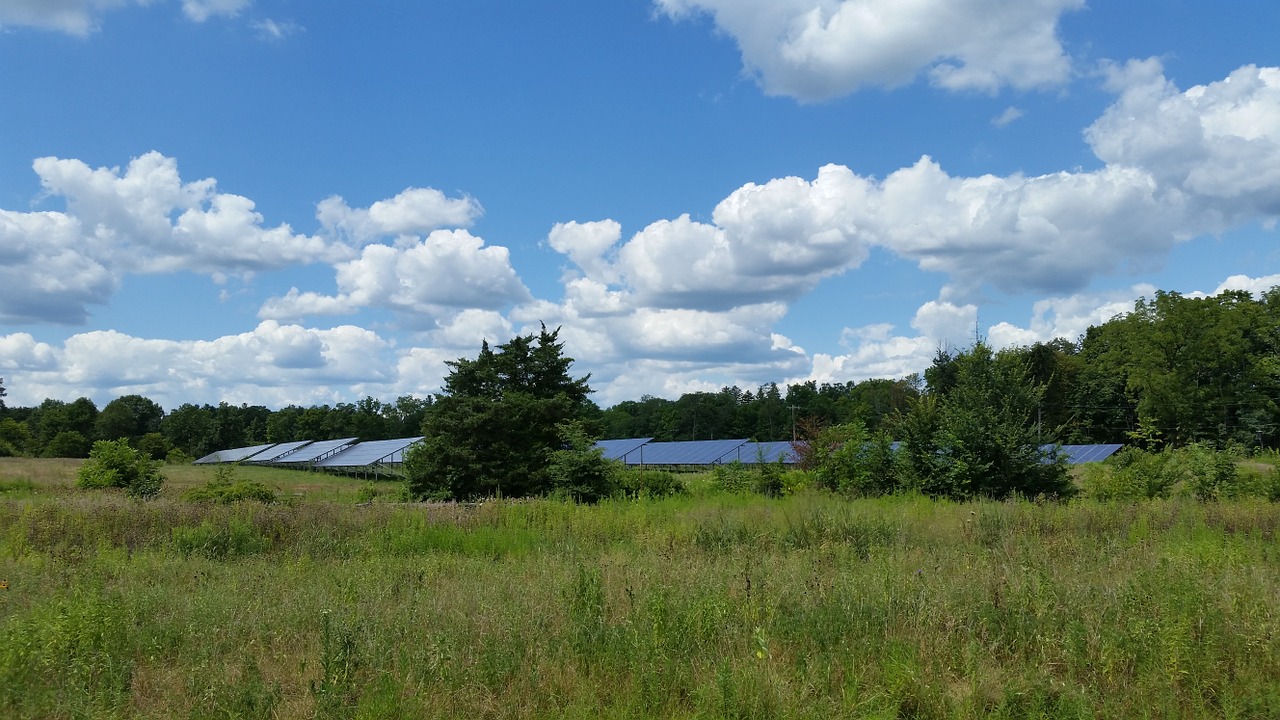
How to Bring a Clean Energy Future in The World?
Saving the planet from further destruction and reducing greenhouse gas emissions is the biggest challenge that the world is facing these days. Governments all over are stepping up and committing to broad and inspirational actions to decarbonize the local energy systems but it is not easy. While renewable energy sources are being worked out, yet so many people still do not know what to do and how to save our planet.
We need to make sure that our world is a cleaner and healthier place to live for the younger generations and we need to take some steps and make the transition to renewable energy quickly to save ourselves from further destruction. According to a dissertation proposal writing service, types of energy that can be used in the future to make the world a better place:
Solar:
Solar energy is derived by capturing radiant energy from sunlight and converting it into heat, electricity, or hot water. Photovoltaic (PV) systems can convert direct sunlight into electricity through the use of solar cells. The best thing about this type of energy is that it makes use of natural sunlight which is endless. With the technology to harvest it, there is an uninterrupted supply of solar energy, meaning it could render fossil fuels obsolete and free the world from their harmful effects. Relying on solar energy also helps to improve public health and environmental conditions.
In the long term, solar energy can also be used for eliminating energy costs, and in the short term, reduce energy bills. Many federal, local, state and federal governments are looking forward to investing in solar energy and offering rebates or tax credits to encourage people.
Wind:
Wind farms capture the energy of wind flow by using turbines and converting it into electricity. There are several forms of systems used for converting wind energy and each of them has its benefits. Commercial grade wind-powered generating systems can empower many different organizations, while single-wind turbines are used to help supplement pre-existing energy organizations.
Another form is utility-scale wind farms, which are purchased by contract or wholesale. Technically, wind energy is a form of solar energy as wind is produced by the differences in temperature in the atmosphere combined with the rotation of Earth and the movement of the planet. The best thing about wind energy is that it is clean and does not pollute the air like other forms of energy that produce carbon dioxide or release harmful products that cause environmental degradation or negatively affect human health.
Hydroelectric:
Hydroelectricity is produced when water flows through the dam’s turbines to produce electricity, known as pumped-storage hydropower. Run-of-river hydropower uses a channel to funnel water through rather than powering it through a dam. It is a very versatile way to produce energy using both large projects, like the Hoover Dam, and small-scale projects like underwater turbines and lower dams on small rivers and streams. The best thing about hydroelectric power is that it does not generate pollution, and therefore is a much more environmentally-friendly energy option for our environment.
Geothermal:
Geothermal heat is heat that is trapped beneath the earth’s crust from the formation of the Earth 4.5 billion years ago and radioactive decay. Sometimes large amounts of this heat escape naturally, but when all of it escapes at once, it results in familiar occurrences, such as volcanic eruptions and geysers. This heat can be captured and used to produce geothermal energy with help of steam that comes from the heated water pumping below the surface, which then rises to the top and can be used to operate a turbine.
Geothermal energy is not as common as other types of renewable energy sources, but it has a significant potential for energy supply. Since it can be built underground, it leaves very little footprint on the land and as it is naturally replenished and therefore does not run a risk of depleting.
Ocean:
The ocean can produce two types of energy, thermal and mechanical. Ocean thermal energy relies on warm water surface temperatures to generate energy through a variety of different systems. Mechanical energy uses the ebbs and flows of the tides to generate energy, which is created by the earth’s rotation and gravity from the moon. The good thing about ocean energy is that wave energy is predictable and more consistent unlike other forms and it is easy to estimate how much energy will be produced. As most of the popular cities are near oceans and harbors, this type of energy is abundant and it is easy to utilize this energy for the local population.














